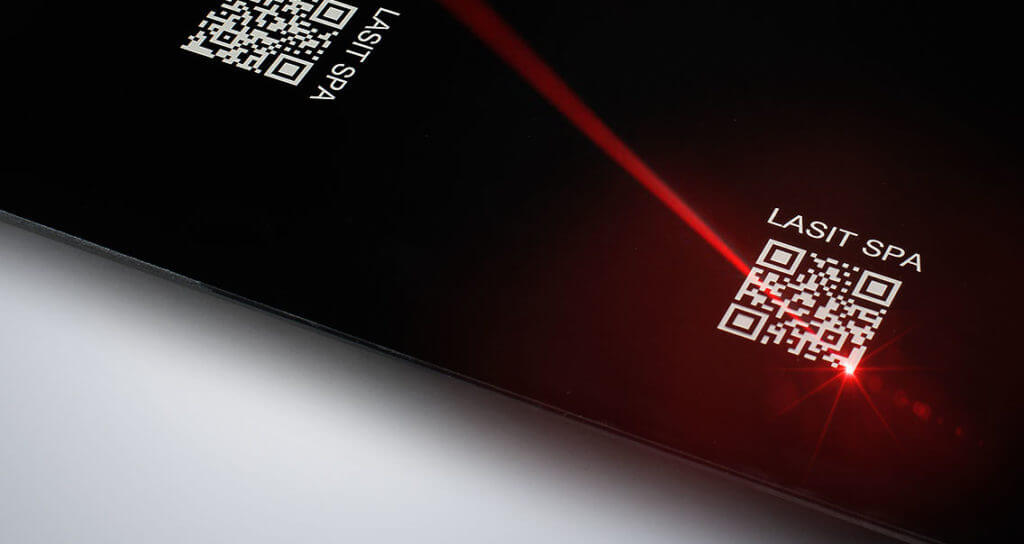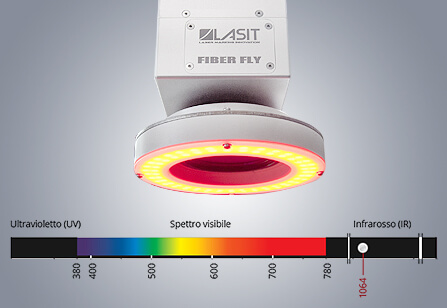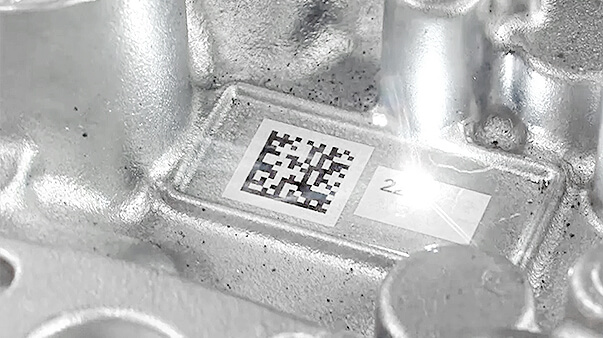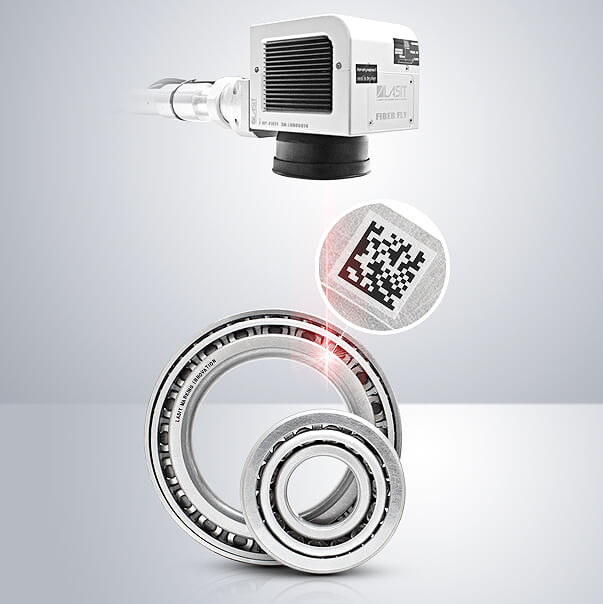Let us now analyse the unique characteristics that are typical of this type of device, comparing them with those already known with reference to diode or lamp lasers. On this type of laser, all relevant system components (active fiber, fiber combiners, pump laser diodes) are connected to the main fiber, while on diode lasers or conventional lamps, all these components are separated, applied on a platform and aligned during construction. This often causes misalignment of the optical components, resulting in a need for maintenance interventions for recovery. Another advantage of fiber lasers is the source, which boasts a very high electro-optical conversion efficiency of over 30%. This limits consumption to a few hundred Watts: these benefits bring the durability of fiber lasers to very interesting thresholds, over 100,000 hours of operation.






